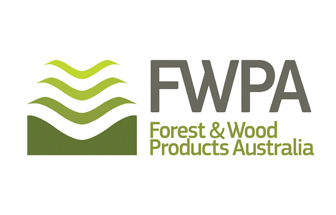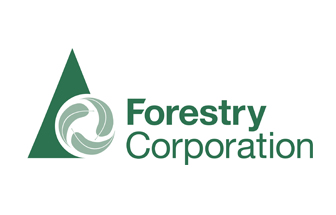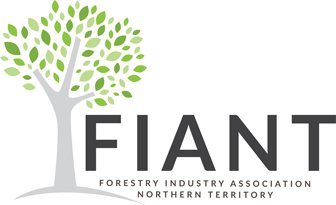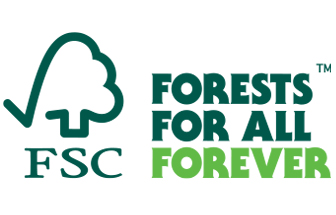‘BAND’ OF PLAYERS BUILD FIRST MASS TIMBER FIRE STATION
THE opening of Australia’s first mass engineered timber fire and emergency services complex was celebrated in Maryborough, Queensland’s timber capital, on Tuesday.
The design and construction of the Queensland Fire and Emergency Services North Coast region headquarters and Maryborough Fire and Rescue Station is a story of innovation, collaboration, restoration, and carbon sequestration.
Hyne Timber’s strategic relations manager Katie Fowden said the whole project started as an idea at an innovation forum held in Maryborough.
“From a light-bulb moment inspired by innovative discussion, through to the opening of the completed building, this has been an extraordinary journey, bringing together many people who knew this would deliver a great outcome for our front-line responders,” Ms Fowden said.
Entering the Queensland government’s market-led proposal process, Hyne Timber brought together partners XLam, Hutchinson Builders, Baber Studio, the University of Queensland’s Centre for Future Timber Structures and Bligh Tanner.
“Together, we progressed through stages until we were officially working with the client to ensure we were designing and delivering a contemporary, state-of-the-art and fit-for-purpose mass timber hybrid solution,” Ms Fowden said.
XLam engineers, supported by the broader team, developed XLam’s first ‘band beam’ solution which improved overall head height in the lower level allowing easy installation for mechanical services while improving the overall performance of the floor system above.
“This is possibly the first of its kind in the world,” XLam’s business development manager Robert Mansell said.
The design included the restoration of the original brick façade, which is considered of heritage value to the Fraser Coast community, while specifying materials to ensure the right use of the best ‘building ingredients’, prioritising XLam’s LVL and Hyne’s locally sourced and manufactured glulam beams for the new structure.
Robert Mansell said the mass engineered structure delivered excellent fire performance qualities, carbon sequestration, aesthetic appeal and prefabrication for faster construction.
“All the materials from walls, floors, ceilings, stairs and even the tower were delivered on trucks in the correct order for immediate construction..
Independent analysis by V-Quest has found this project saved 1742 tonnes of CO2 compared to using conventional building materials – equivalent of removing 375 cars off the road every year.
MAIN PIC: Celebrating… chief superintendent James Gill, Peter Hyne, Hutchison Builders MD Russell Fryer, and Hyne’s Katie Fowden.











